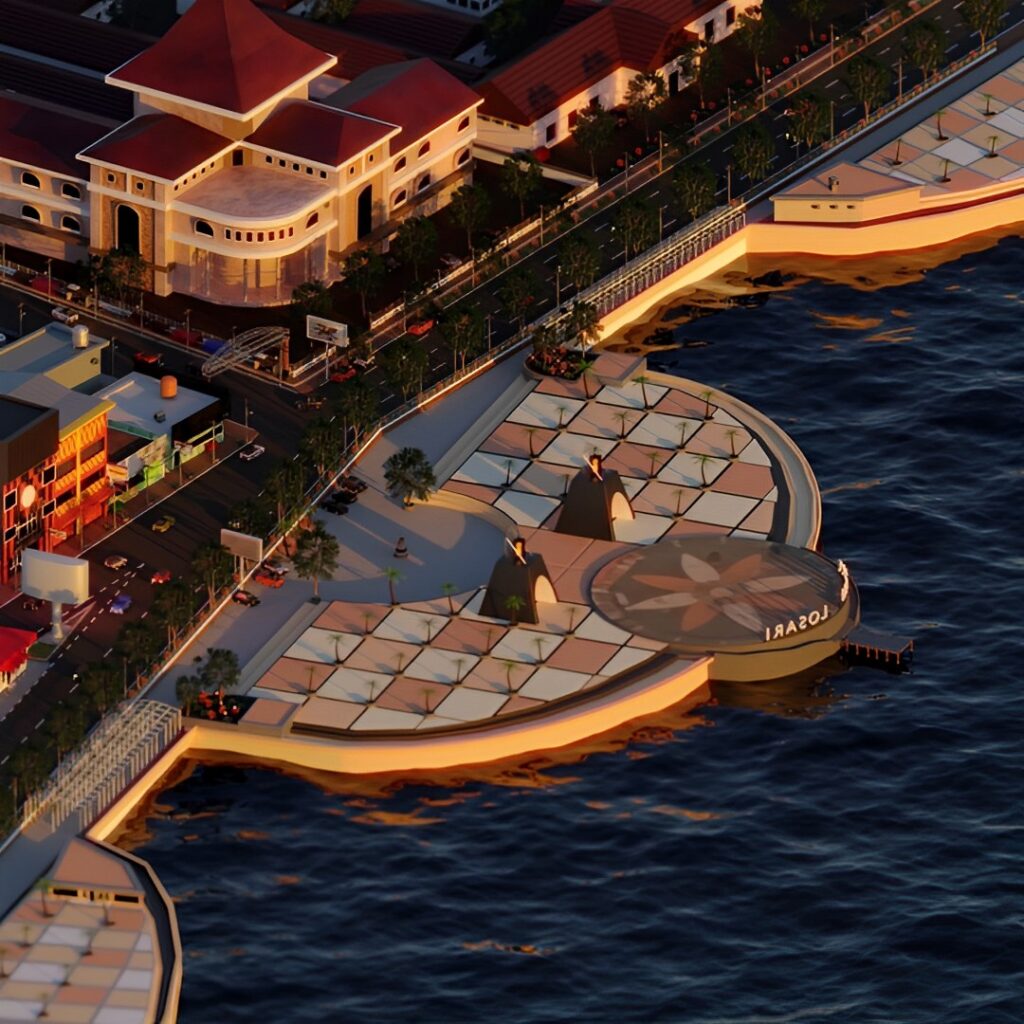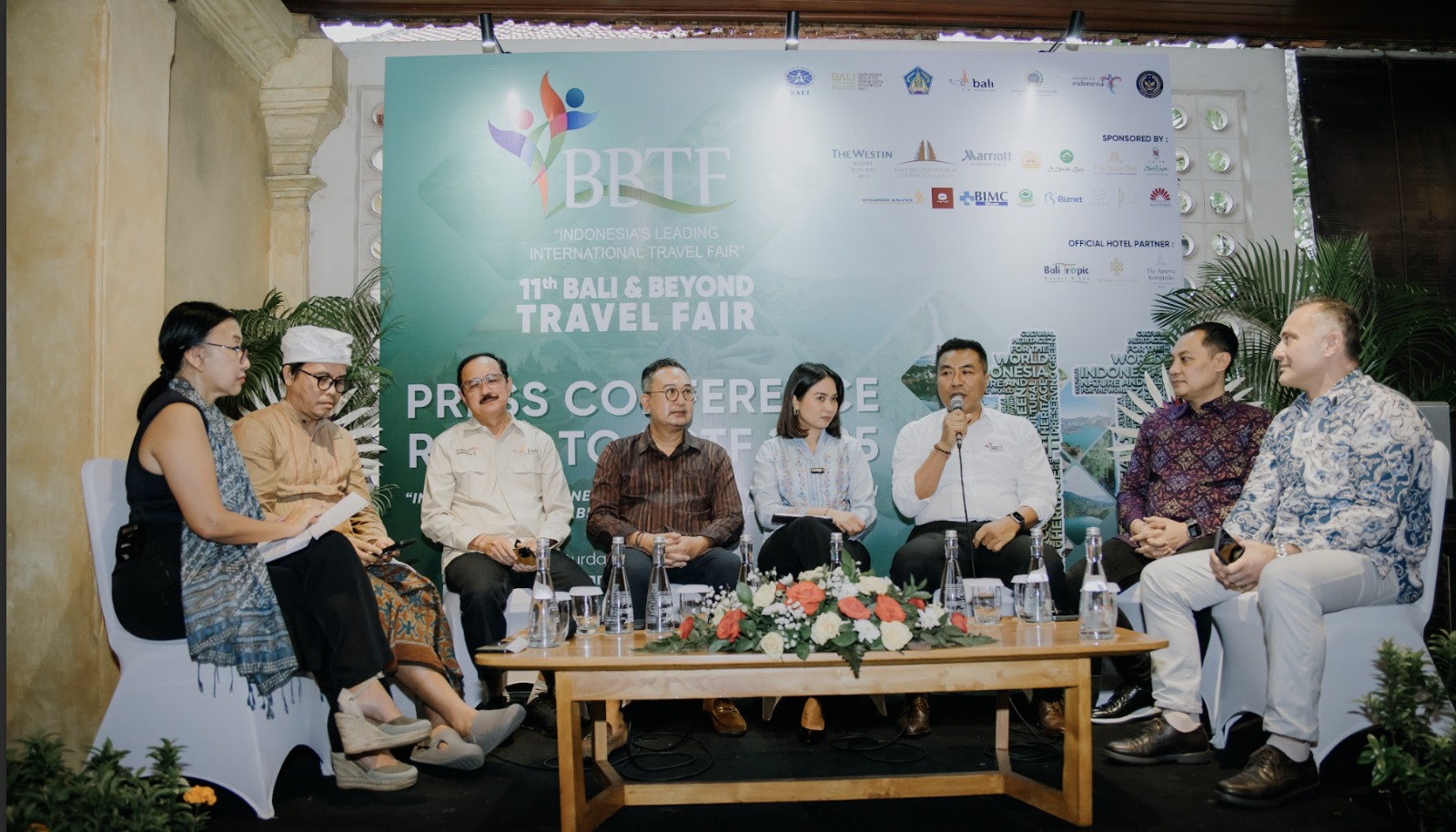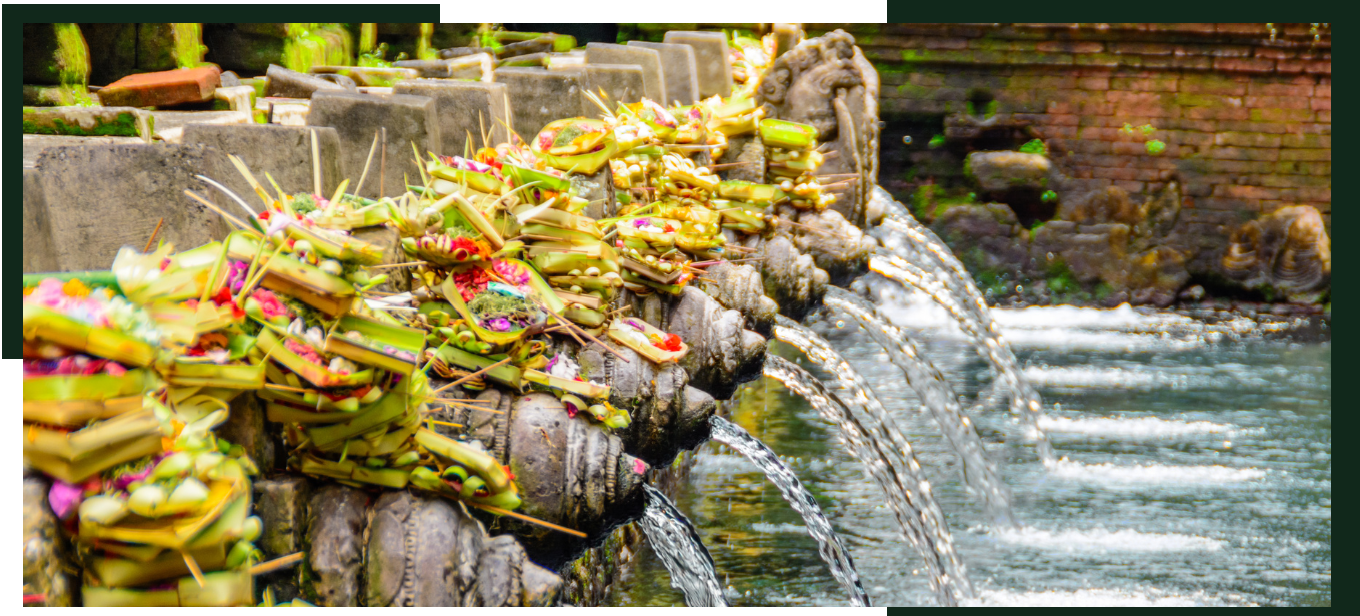Largest urban center in eastern Indonesia, the dynamic capital city of the South Sulawesi province is also one of the main seaport and air hub of the region. Bustling cosmopolitan town, home to diverse ethnic groups, mainly Makassarese, Bugis and Chinese, Makassar was a historical city where Dutch merchants-controlled trading routes. Today, the provincial capital has become a modern city featuring top star-rated hotels along the coastal boulevard. But simply talking a walk on the old town side makes it possible for visitors to turn the clock back in time and relive the atmosphere of the ancient days.
Fort Rotterdam is a testimony of this colonial past. Originally built in mid-16th century by the Gowa Sultanate, one of the most powerful kingdoms in the history of Indonesia, the fortress was handed over to the Dutch VOC in 1667 and became a main storage center for spices. Fort Rotterdam was also the headquarters of the Dutch military and local government until the 1930s. Finely restored in the 70’s, this historical landmark has become a cultural and educational center to visit, for a walk around the bastions and enclave ramparts, or a tour of the Museum La Galigo.
The soul of Makassar is made of heritage and maritime traditions that are still very much alive in Paotere Harbor, the oldest port of the country located north of the city center, where Bugis Pinisi sailing ships berth. This large traditional port is renowned for its intense boat activity and lively atmosphere of dock workers, fish traders & markets. Colorful and vibrant, Paotere is an original scene to live authentic experiences and engage with local merchants and fishermen, then take scenic photography when sunset comes.
Besides its traditional harbor, the Makassar seashore has become famous all over Indonesia thanks to the Losari beach walk, a popular tourist destination known for its dramatic sunset views and mouthwatering sea food. Rising above the sea at the southern end of Pantai Losari, lies the Amirul Mukminin ‘floating mosque’, a futuristic twin-domed house of worship that can accommodate 500 believers.
Located only a few hundred meters away is the bustling Somba Opu Street lined with stores displaying jewelry, clothes, textiles and handicrafts. When in Makassar, strolling around this shopping center is the best way to bring Sengkang woven fabrics, Bugis sarongs or other local souvenirs back home. Casual restaurants and traditional street food vendors are all around, serving specialties that can’t be missed. Beef lovers would enjoy Coto Makassar stews, Konro ribs or Pallubasa Serigala dishes, sweet tooth gourmets would indulge in Pisang Ijo and Pisang Epe banana desserts. Makassar Chinatown is worth a visit too, as a well preserved and authentic neighborhood where to witness old Chinese heritage buildings and temples, including the oldest Kleteng Xian Ma, also known as Istana NagaSakti.

Photo by @maurodessi
While in Makassar, escaping the city and heading to the beautiful tropical islands around is a must for anyone who appreciates seaside day trips. Samalona and Kodingareng Keke, only 30 minutes away by motorboat, are absolutely stunning islets, with fine white sand beaches, crystal clear water and superb coral reef snorkeling spots.
“Makassar has a great potential for developing new tourism strategies that implement sustainability principles and include local communities. We invite BBTF delegates to find out more about a vibrant city that deserves a higher attention from tourism stakeholders” said I Putu Winastra, head of BBTF 2023 committee and chairman of ASITA travel association Bali chapter.
Come and join us at BBTF 2023. Learn more at www.bbtf.co.id & for further information contact us at info@bbtf.co.id






